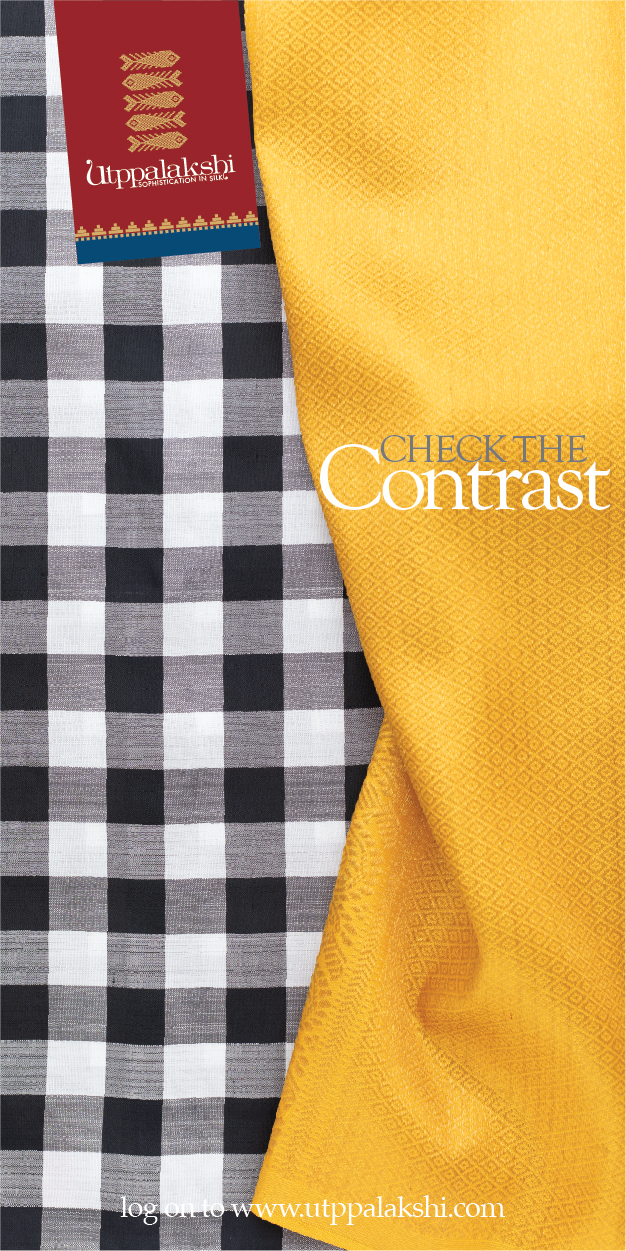Tactile sensations refer to the perception and interpretation of touch sensations through the skin. Our skin is equipped with various sensory receptors that detect pressure, temperature, and texture, allowing us to experience the world through touch. Drawing kolam, a traditional South Indian art form that involves creating intricate patterns using rice flour or colored powders, can have a positive impact on enhancing tactile sensations.
- Connection with Kolam: Drawing kolam involves the physical act of using the hands and fingers to create intricate patterns on the ground or floor. As individuals draw the kolam, they experience tactile sensations through the touch of the powdery material and the contact with the surface they are drawing on.
- Improving Tactile Sensations: Engaging in the process of drawing kolam can enhance tactile sensations in several ways:
- Sensory Stimulation: The act of touching and manipulating the powdery material provides sensory stimulation to the fingertips and palms. This sensory input helps to activate and strengthen the neural connections in the somatosensory cortex, the part of the brain responsible for processing touch sensations.
- Fine Motor Skills: Drawing kolam requires precise and intricate hand movements, which help in developing and refining fine motor skills. As individuals create delicate patterns and connect dots, they improve their hand-eye coordination and finger dexterity, enhancing their ability to perceive and respond to tactile sensations more effectively.
- Mindfulness and Focus: Drawing kolam demands concentration and attention to detail. As individuals focus on the task at hand, they become more present in the moment, heightening their awareness of tactile sensations. This mindfulness can deepen the sensory experience and appreciation of touch while drawing.
- Sensory Integration: The act of drawing kolam involves multiple sensory inputs, such as visual perception and tactile sensations. The brain’s ability to integrate these sensory inputs allows individuals to create coordinated and harmonious kolam designs. This integration of sensory information enhances the brain’s ability to process and interpret touch sensations more efficiently.
- Sensory Exploration: Drawing kolam allows individuals to explore different textures and materials, depending on the medium they use, such as rice flour, colored powders, or even flowers and other natural elements. This sensory exploration enriches their tactile experiences, promoting a greater connection with the materials they work with.
In summary, drawing kolam enhances tactile sensations through sensory stimulation, fine motor skill development, mindfulness, sensory integration, and sensory exploration. The combination of touch and artistic expression in kolam creation provides a unique opportunity for individuals to connect with their sense of touch and deepen their awareness and appreciation of tactile sensations.
Kolam in Tamil Nadu is muggulu in Andhra Pradesh and Telangana, rangoli in Maharashtra, hase and rangavali in Karnataka, alopana in Bengal, to name a few.
Life is beautiful if we choose for it to be. Let’s draw happiness!



